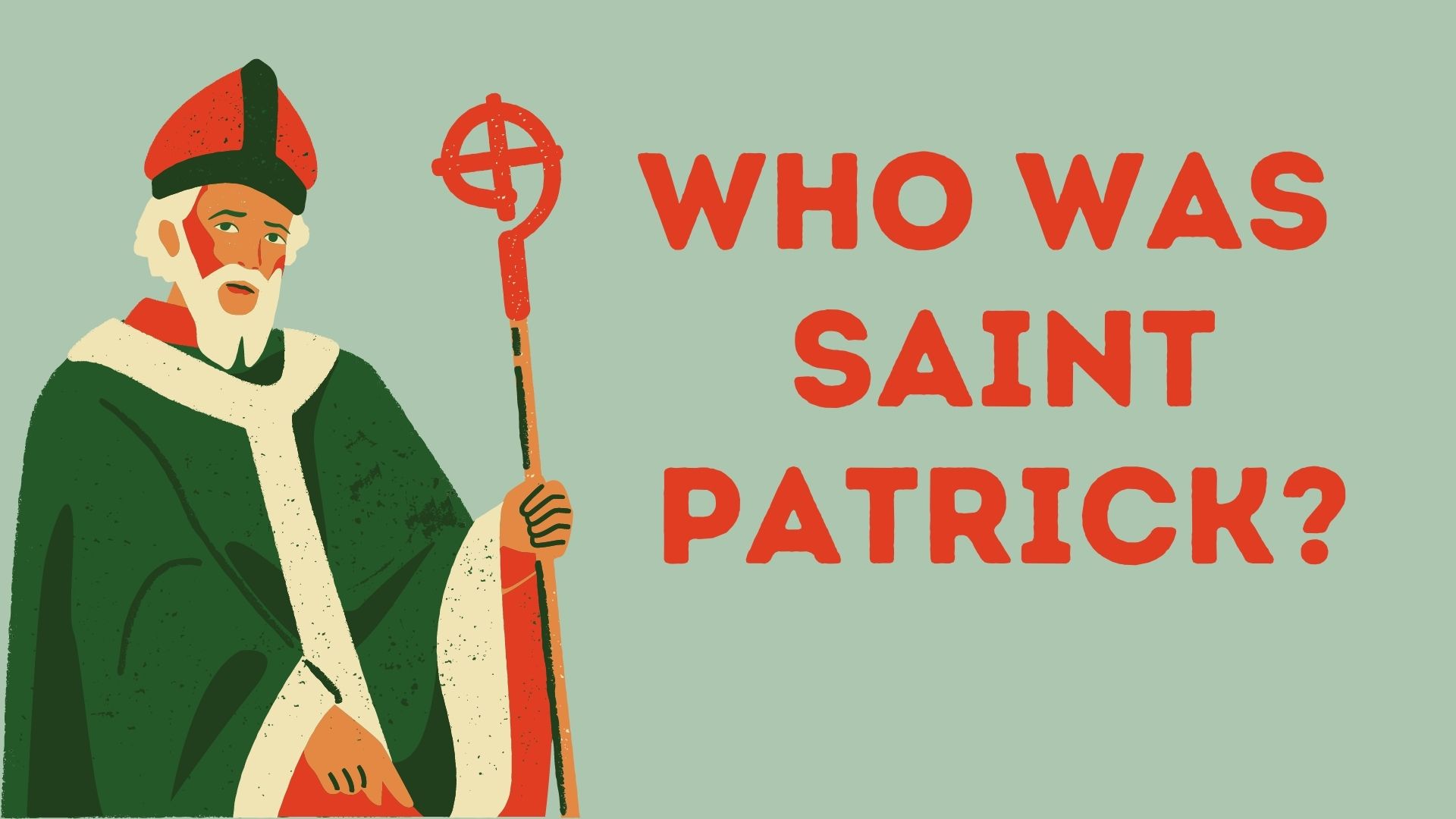Contributed by Cheryl Watts
WHO WAS SAINT PATRICK, the man that became known as the Patron Saint of Ireland? Many assume that he was Irish, but he was born in 4th century Britain into a wealthy family. At 16, he was by kidnapped by Irish pirates, taken to Gaelic Ireland, and sold as a slave. There, he was among people of a different language and strange pagan customs.
He was enslaved for 6 years and worked tending sheep. He dreamed that God told him to flee to the coast, where a ship would be waiting to take him home. He did flee, walked barefoot 200 miles to the sea, found a ship, and convinced the captain to take him home. After returning to Britain, he reunited with his parents who had given him up for dead. He went on to become a priest and was ordained as a Bishop.
Patrick never forgot the Celtic people with their strange customs and pagan ways. In a dream, he was told that he should return to Ireland as a missionary and teach the people about Christianity. Back in Ireland, he often used the green 3 leaf clover, the Irish shamrock, to explain Christian symbols and ideas to his followers. In his journal, Declaration, he wrote that he converted “thousands”.
Throughout the following centuries, many legends grew up around Patrick, including that he drove the snakes out of Ireland, This story is more fiction than fact, since there were no snakes in Ireland. After his death on March 17, 461 AD., he was named the patron saint of Ireland for bringing Christianity to the previously pagan region.
In Ireland, Saint Patrick’s Day was a modest day of Catholic religious observance, culminating in a feast. Although Saint Patrick’s Day celebrations had existed in the US since the 1600s, it wasn’t until the 19th century that they became the huge festivals that we know and love today. For the influx of Irish Catholics immigrants to America during the potato famine, March 17 became a day to celebrate their heritage and show pride in who they are.
Many like to wear green on March 17th. During the 1798 Irish rebellion, the rebels changed the color they wore from blue, featured in the royal court and the original Irish flag, to green as a contrast to the red worn by British troops. The expression “Wearing the Green” came from a popular theme song of 1798 for the rebellion of some Irish against the British and has been synonymous with Irish nationalism ever since. Despite this shared history, Ireland is a divided nation. The Irish flag is striped, green, white and orange, and reflects the co-existence between Irish Catholics, who are associated with the green stripe, and Irish Protestants, who are associated with the orange stripe. The “orange” Irish often wear orange on St. Patrick’s Day to reflect the differences.
Today, there are Saint Patrick’s Day festivals across the country from San Francisco to New York. The Chicago River has been dyed green every year since 1962 and around two million people, wearing green and orange, attend the parade in New York City.

